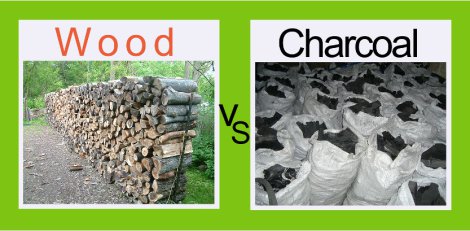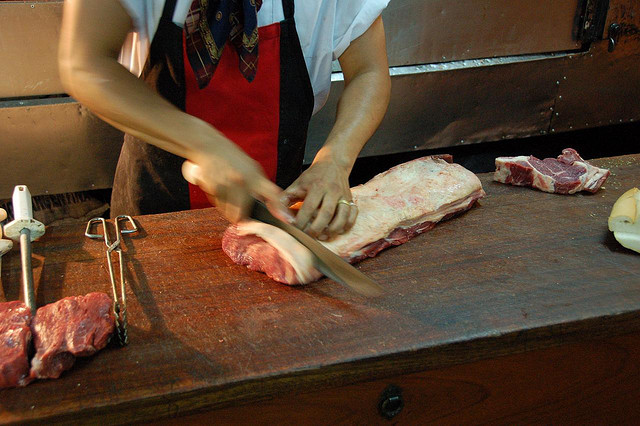Here is it boys and girls, you heard it straight from the(well not quite straight from but you know what I mean) scientists mouth; the combination of beer and meat could in fact help to save your life. Grilling traditions have been around for basically as long as man has existed. There’s nothing that quite compares to the taste of a piece of beef fresh off the fire. It’s a widely accepted cooking method and is popular from such places as Argentina to Tanzania but, unfortunately for us researchers have begun to find out more and more that the average coals used to heat your grill might in fact contain carcinogenic traits. However, some really awesome researchers from the University of Porto in Portugal may have come up with the best counter-cancer solution we’ve ever heard of. There recent study, published in the American Chemical Society’s Journal of Agricultural and Food Chemistry states that by simply marinating meat in beer prior to grilling it helps to block the formation of polycyclic aromatic hydrocarbons (yeah, I don’t know what those are either but apparently they have been linked to causing cancer).
Anyway, Isabel Ferreira and her colleagues arrived at this conclusion after extensive researching and tests using different samples of meat marinated in one of three different types of beer. The three different types of beer they used were Pilsner beer, nonalcoholic beer and black beer. From what I gathered the comparison was done using charcoal-grilled pork and each test was compared against the control of unmarinated charcoal-grilled pork.
The results? Well, all meat samples were found to contain some level of the eight different possible polycyclic aromatic hydrocarbons, which just as a side note are collectively labeled PAH8 by the European Food Safety Authority, BUT the meats that were marinated in beer prior to being cooked exhibited the lowest levels of PAH8. This is presumably due to certain compounds contained in beer that help to guard against harmful oxidation. While chemistry isn’t my forte and I couldn’t rightly pretend to know what I’m talking about as far as how the whole reaction works, bottom line: BEER TO THE RESCUE! I feel like it’s not often that you can loudly yell that and actually mean it.
Black beer came through with the strongest scavenging activity at 68%, followed not so closely by nonalcoholic beer at 36.5% and then Pilser beer at 29.5%. These numbers translate into an inhibitory effect of 53% for black beer, 25% for nonalcoholic beer and then 13% for Pilsner beer.
For those of you who for some reason or another are avoiding alcohol another option would be citrus-based marinades. These have also been show to have carcinogenic inhibiting properties. If you’re super-duper concerned about the whole thing you can try you citrus marinated grilled meat with a side of fermented something or other. Who woulda thunk that the classic beer marinated grilled brats topped with sauerkraut could actually help prevent you from getting cancer! Something to think about people..












